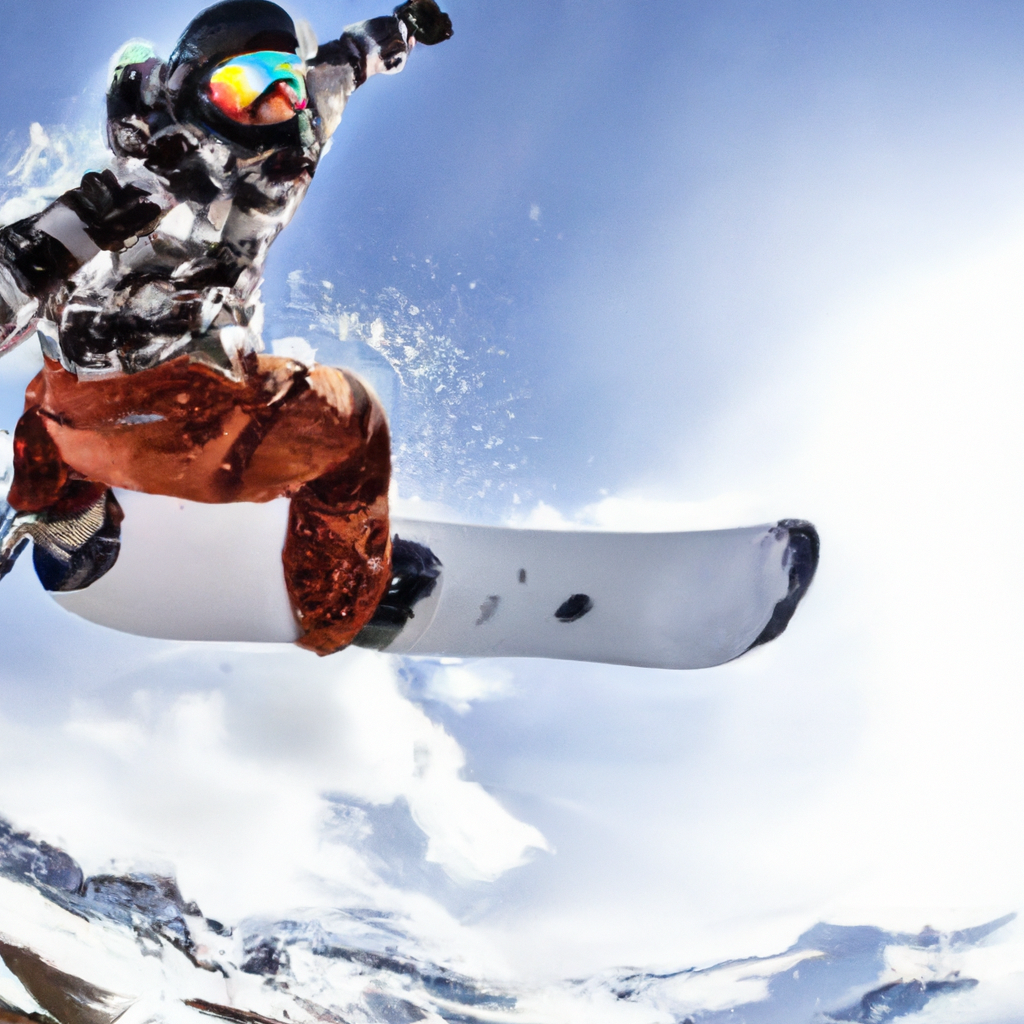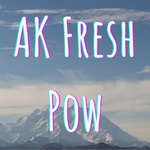
How to Carve on a Snowboard Regular – How to Snowboard
In “How to Carve on a Snowboard Regular – How to Snowboard” video by SnowboardProCamp, Kevin explains the process of carving on a snowboard. Carving involves riding the edge of the snowboard around a turn, with the back foot following the front, resulting in a clean line in the snow. This technique is crucial for maintaining control at high speeds, executing quick turns, and preparing for spins in the terrain park. The video outlines the five essential snowboarding skills required for successful carving: stance, edging, steering, pressure control, and adapting to the terrain. Kevin emphasizes the importance of practicing these skills together to master the art of carving. The comments section provides an opportunity for viewers to ask questions or seek feedback on their carving techniques.
Kevin, the instructor from SnowboardProCamp, introduces the video on carving turns, explaining that carving involves riding the snowboard’s edge around a turn. By following the front foot, the back foot leaves a clean line in the snow. Carving becomes essential for maintaining control at high speeds, executing quick turns, and preparing for spins in the terrain park. To achieve a carving turn, five key skills need to come together: stance, edging, steering, pressure control, and adaptable terrain techniques. Kevin provides detailed instructions on each skill, encouraging viewers to put them all together to improve their carving. Additionally, he invites viewers to ask questions or share videos for personalized feedback in the comments section.
How to Carve on a Snowboard Regular – How to Snowboard
Introduction to Carving on a Snowboard
Carving on a snowboard is the act of riding the edge of the snowboard around a turn, with the back foot following the front, leaving a clean line in the snow. Carving turns are essential for maintaining control at high speeds, executing quick turns, and navigating the terrain park. To master carving turns, there are five key skills that need to come together: stance, edging, steering, pressure control, and adapting to terrain.
Importance of Carving Turns
Carving turns offer several benefits that make them an important skill for snowboarders. Firstly, they provide control at high speeds, allowing riders to confidently navigate down the slopes without sacrificing stability. Additionally, carving turns enable quick and agile maneuvers, making it easier to change directions swiftly and efficiently. Lastly, carving turns are crucial in the terrain park, as they allow riders to set up their approach for spins and other tricks.
Five Skills for Carving Turns
Stance
Maintaining a balanced and centered stance is crucial for carving turns. Snowboarders should stand in an athletic position with bent knees, a straight back, and hands at the sides over the snowboard’s nose and tail. This stance provides stability and allows for better control while executing carving turns.
Edging
To hold a carve around a turn, it is essential to have more of the snowboard’s edge in the snow. Increasing the angle of the snowboard by flexing the ankles helps to lock in the edge. By doing so, riders can have better control and stability throughout the carve.
Steering
Steering plays a significant role in carving turns. It should be quick and aggressive to ensure dynamic and efficient turns. Utilizing the front knee and shoulder can enhance steering ability. Turning the knee and shoulder inward helps execute a toe carve, while turning them outward aids in performing a heel carve.
Pressure Control
Understanding pressure control is essential for executing smooth and controlled carving turns. As riders go around a carve turn, pressure builds on the snowboard, with more pressure building on the back foot towards the end of the turn. Bending the knees and the back leg helps absorb this pressure, allowing for better stability and control.
Adapting to Terrain
Being able to adapt the shape and speed of the carve to the terrain being ridden is crucial. Smaller carve turns are recommended for mellow terrain with less speed, while larger carve turns are more suitable for steep terrain with greater speed. Adapting to the terrain ensures that riders can effectively navigate different slopes and maintain control throughout their carving turns.

Stance
Establishing a balanced and centered stance is crucial for executing successful carving turns. Snowboarders should stand in an athletic position, with their knees bent, back straight, and hands at their sides over the nose and tail of the snowboard. This stance provides stability and allows for better weight distribution, aiding in maintaining control during carving turns.
Edging
Proper edging is essential for executing effective carving turns. To hold a carve around a turn, it is important to have more of the snowboard’s edge in the snow. By flexing the ankles, riders can increase the angle of the snowboard, effectively locking in the edge. This increased edge contact improves control and stability throughout the carving turn.
Steering
Steering plays a crucial role in executing carving turns. It should be quick and aggressive to ensure that turns are dynamic and efficient. Utilizing the front knee and shoulder can enhance steering ability. For a toe carve, riders should turn their knee and shoulder inward, while for a heel carve, they should turn them outward. These movements add power and precision to the steering action, resulting in smooth and controlled carving turns.
Pressure Control
Understanding pressure control is vital for executing successful carving turns. As riders go around a carve turn, pressure builds on the snowboard. Towards the end of the turn, more pressure builds on the back foot. To absorb this pressure and maintain control, it is important to bend the knees and the back leg. This bending action helps distribute the pressure evenly and ensures stability throughout the carving turn.
Adapting to Terrain
Adapting to the terrain being ridden is crucial for effective carving turns. The shape and speed of the carve should be adjusted accordingly. On mellow terrain with less speed, smaller carve turns are recommended. This allows for better control and maneuverability. On the other hand, on steep terrain with greater speed, larger carve turns are more suitable. These larger turns provide stability and control while maintaining speed.
Conclusion
Mastering carving turns is an essential skill for snowboarders of all levels. By focusing on the five key skills of stance, edging, steering, pressure control, and adapting to terrain, riders can effectively execute smooth and controlled carving turns. Practicing these skills and finding a balance between them will contribute to a solid foundation for successful carving. With dedication and practice, snowboarders can confidently navigate various slopes and terrain, all while enjoying the thrilling experience of carving turns.
